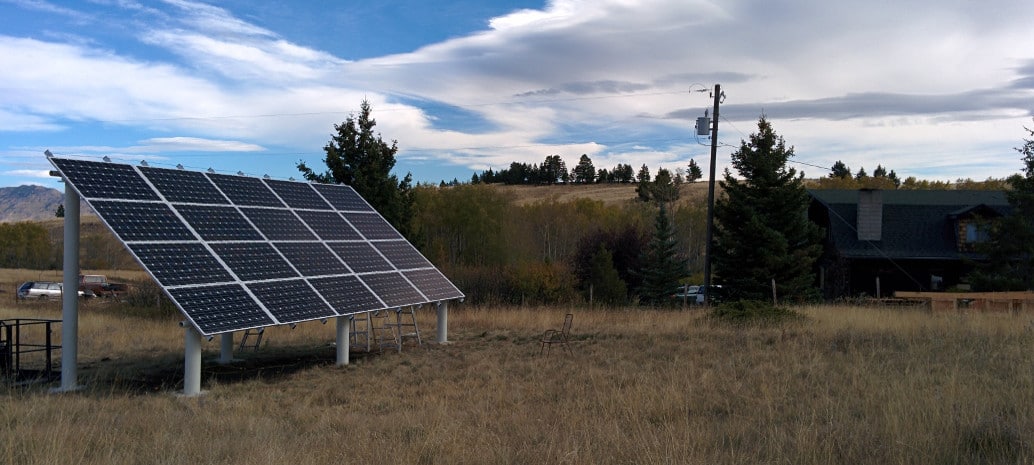If you’re a reader of pv magazine, you may remember that just under two months ago, a landmark decision was made in Montana, reversing the gutting of the Public Utilities Regulatory Power Act of 1978 (PURPA) that had been present in the state in some form since the summer of 2016.
As a part of the fallout of that decision, uncertainty arose as to how the purchase price for solar generated by small-scale projects would be established. However, following a lawsuit put forth against the Montana Public Service Commission (PSC) by Bear Gulch Solar, Cypress Creek Renewables and a litany of other solar companies, the Montana 9th circuit court ruled that the Commission is not obligated to force utility NorthWestern Corporation to purchase the power generated at the pre-regulatory change price point.
Let’s break this down in layman’s terms, just in case there was any confusion. Bear Gulch and a host of solar companies sued the PSC, challenging that, because everything that happened between 2016 and the regulatory change’s reversal was deemed moot, pricing of generated energy to be sold to NorthWestern should return to the last mark set before the mooting. Furthermore, the plaintiffs called on the PSC to force NorthWestern to fulfill PURPA-mandated power purchase obligations at that same 2016 rate. This was found to come outside of the U.S. Constitution’s 11th Amendment and was barred.
For context, the 11th Amendment bars retroactive relief efforts, pretty much exactly what the plaintiffs were requesting.
In fact, the only fault made by the PSC that the court found was the Commission’s use of an allegedly illegal test to determine whether Cypress Creek Renewables’s projects in the state had established “legally enforceable obligations” under PURPA when it suspended the prior rates in June of 2016.
So now we play our favorite game, the waiting game, in order to see what price will be set by the PSC for owners of small-scale generation facilities to sell their power to NorthWestern. Hopefully whatever price is set is attractive enough to encourage development in a state that is ripe for it. And, considering the development that was announced shortly after the ruling was overturned, it’s fair to say that if the pricing is fair, Montana will have a bright solar future.
This content is protected by copyright and may not be reused. If you want to cooperate with us and would like to reuse some of our content, please contact: editors@pv-magazine.com.









By submitting this form you agree to pv magazine using your data for the purposes of publishing your comment.
Your personal data will only be disclosed or otherwise transmitted to third parties for the purposes of spam filtering or if this is necessary for technical maintenance of the website. Any other transfer to third parties will not take place unless this is justified on the basis of applicable data protection regulations or if pv magazine is legally obliged to do so.
You may revoke this consent at any time with effect for the future, in which case your personal data will be deleted immediately. Otherwise, your data will be deleted if pv magazine has processed your request or the purpose of data storage is fulfilled.
Further information on data privacy can be found in our Data Protection Policy.